Milan, often referred to as Milano in Italian, is one of Italy’s most prominent and historically significant cities. Its history can be traced back to ancient times, and it has played a crucial role in the development of the Italian nation and the broader European history. Here is a brief description of Milan’s history:
- Ancient Milan: Milan’s origins are believed to date back to the Celtic and Insubrian tribes who settled in the area around 600 BC. In the 2nd century BC, it became a Roman settlement known as “Mediolanum.” Under Roman rule, Milan flourished and became an important center for trade, commerce, and administration.
- Medieval Milan: Following the fall of the Roman Empire, Milan went through various phases of control, including Gothic, Lombard, and Frankish rule. In the Middle Ages, it became a powerful city-state with the Visconti and Sforza families as prominent rulers. Leonardo da Vinci spent much of his career in Milan, creating masterpieces like “The Last Supper.”
- Renaissance and the Arts: Milan was a major hub of the Italian Renaissance in the 15th and 16th centuries, and its rulers were patrons of the arts. The city saw significant cultural developments, with artists and scholars contributing to its rich artistic and intellectual heritage.
- Spanish and Austrian Rule: Milan came under Spanish and later Austrian rule during the Habsburg period. It remained an important center of trade, culture, and governance in Northern Italy.
- The Unification of Italy: Milan played a crucial role in the unification of Italy in the 19th century. It was the site of the Five Days of Milan in 1848, a significant uprising against Austrian rule. In 1859, the city was annexed to the Kingdom of Sardinia, a key step toward Italian unification.
- Industrialization: Milan was at the forefront of Italy’s industrialization during the 19th and 20th centuries. It became a hub for manufacturing, finance, and commerce, contributing significantly to Italy’s economic growth.
- World War II: Milan, like many European cities, suffered during World War II. It was heavily bombed by the Allies, causing extensive damage to its historic architecture and infrastructure.
- Post-war Prosperity: After the war, Milan experienced a rapid post-war reconstruction and economic boom. It emerged as Italy’s financial and fashion capital and a global fashion and design center.
- Contemporary Milan: Today, Milan is a cosmopolitan and culturally rich city known for its fashion, design, business, and art. It is also home to iconic landmarks like the Milan Cathedral (Duomo), the Teatro alla Scala opera house, and numerous museums and art galleries.
Milan’s history is a tapestry of cultural, artistic, and political developments that have left a lasting impact on the city’s character and significance. It continues to be a vibrant and dynamic city, welcoming visitors from around the world to experience its rich history and contemporary attractions.

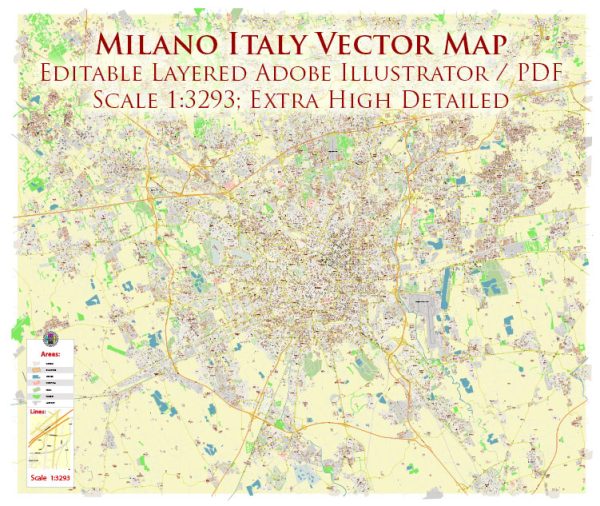
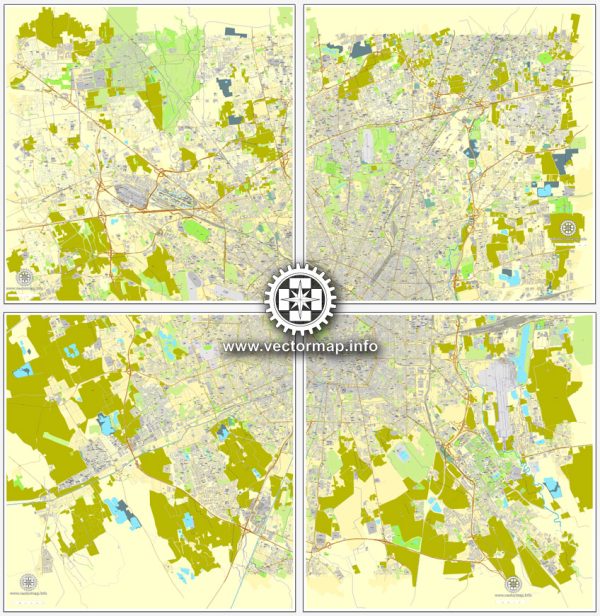
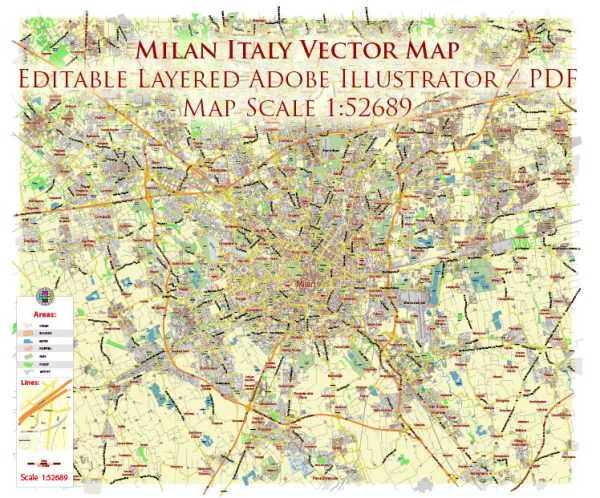
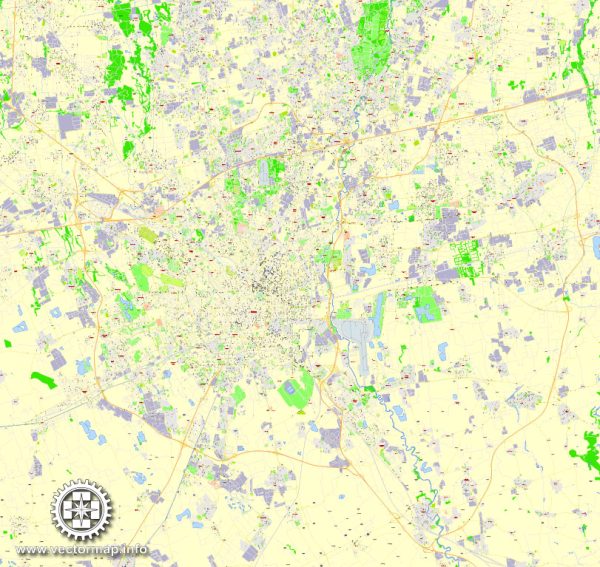
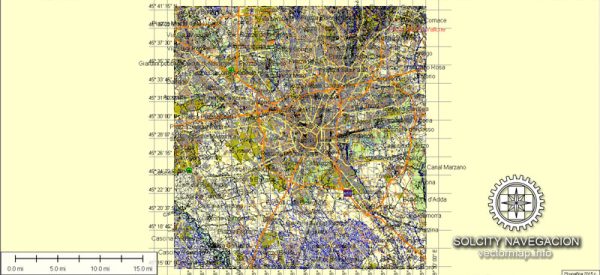
 Author: Kirill Shrayber, Ph.D.
Author: Kirill Shrayber, Ph.D.